The two new giant compressors that started up on the Troll A platform this month will help increase gas recovery by 83 billion cubic meters. The occasion attracted a platform visit from EEA and EU affairs minister Vidar Helgesen.
“Europe is in a transition phase with regard to both competitiveness and climate. Stable and competitive gas deliveries from the Norwegian continental shelf (NCS) play a key role along these two axes. Higher production and flexibility from the Troll field is therefore good news to both Norway and Europe,” said Helgesen during his visit.
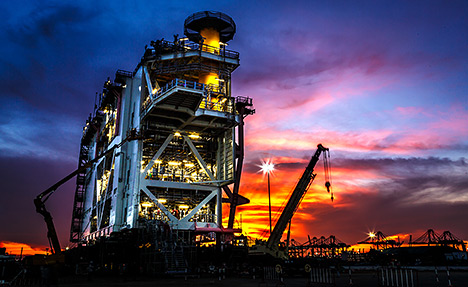 The compressor module before departure from Thailand. (Photo: Aibel)
The compressor module before departure from Thailand. (Photo: Aibel)
“This is a new strategic milestone for the Troll field. The compressors are an important investment to ensure sustainable, long-term production and activity on the Norwegian continental shelf (NCS),” says Gunnar Nakken, newly-appointed senior vice president for the operations west cluster.
The compressors ensure a daily export capacity from the Troll field of 120 million standard cubic meters of gas, totaling 30 billion standard cubic meters of gas per year. This is equivalent to the consumption of 10 million households in Europe.
The compressors are an important measure to meet the Troll field's long-term production profile, currently extending to 2063. They are operated by land-based power from Kollsnes west of Bergen, ensuring zero emissions of carbon dioxide and nitrogen oxides from the platform. “This is an important climate contribution from Statoil,” Nakken emphasizes.
During the past 18 months Statoil has started up low-pressure compressors on Troll A, Kvitebjørn, Heidrun, Kristin, Åsgard and Gullfaks, the last two on the seabed. This increases the recovery rate by more than 1.2 billion barrels and extends the life of the installations. The project has extended the expected life of Troll A from 2045 to 2063.
These investments in existing fields give highly profitable barrels. The field recovery increase the compressors provide, 83 billion standard cubic meters of gas or 533 million barrels of oil equivalent, is more than the Aasta Hansteen and Valemon fields combined,” says Nakken.
Extensive and global project
As the gas is being produced, the pressure in the reservoir drops. In order to recover more gas, the pressure on the wellheads is reduced, and compressors help the gas on its way. Troll already has two compressors and will now have two more. It has been an extensive project that has lasted for five years – in several countries.
The main supplier Aibel built the compressor module at its yard in Thailand, the integrated utility (IU) module was prefabricated in Poland and assembled in Haugesund, where the smallest module was also built. The three modules total more than 6,000 tons.
Five new 70-kilometre-long cables have been laid between Troll and land, and a converter station has been built at Kollsnes. On the platform the current is converted back into alternating current. The converters, cables and the compressors' engines have been supplied by ABB.
The project has also made space for the new modules on Troll A:
“It is a challenge to remove old equipment and install new equipment on a gas platform in production. In the peak period the project had 130 people offshore, and a total of nine million hours have been spent on the project,” Torger Rød, Statoil’s head of projects.
All projects encounter challenges – also in the final stages – but the compressors started up on the planned date and well below budget:
“The project was delivered at just below NOK 10 billion, one billion below budget. This is due to good and close collaboration between all involved parties, including Statoil, our partners and suppliers,” says Rød.


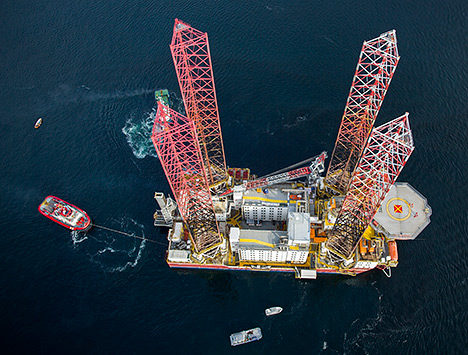 The Haven jack-up accommodation rig. (Photo: Sondre Steen Holvik)
The Haven jack-up accommodation rig. (Photo: Sondre Steen Holvik)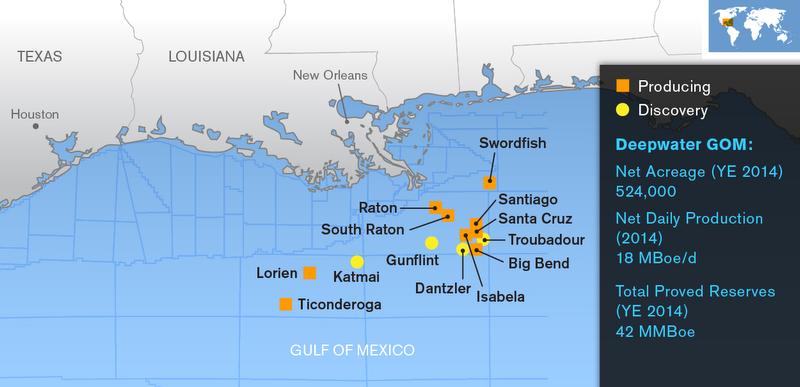 Also announces Humpback well results offshore the Falkland Islands
Also announces Humpback well results offshore the Falkland Islands Brazil will lead global growth in the Floating Production, Storage and Offloading vessel (FPSO) industry despite the country’s national oil company, Petrobras, recently facing allegations of corruption, says research and consulting firm GlobalData.
Brazil will lead global growth in the Floating Production, Storage and Offloading vessel (FPSO) industry despite the country’s national oil company, Petrobras, recently facing allegations of corruption, says research and consulting firm GlobalData.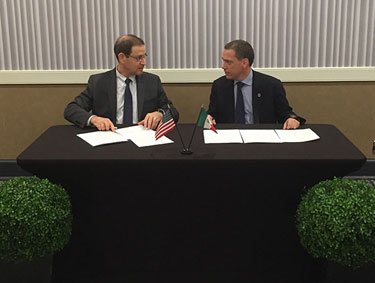 The Bureau of Safety and Environmental Enforcement (BSEE)
The Bureau of Safety and Environmental Enforcement (BSEE) McDermott International, Inc.
McDermott International, Inc.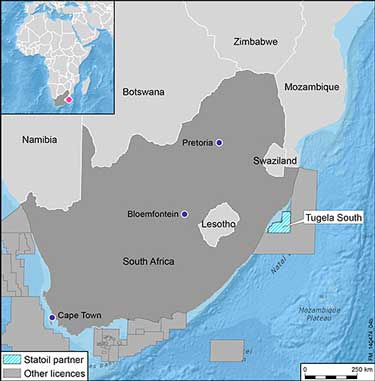 Statoil
Statoil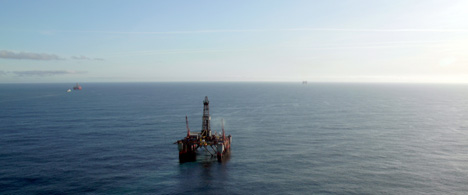 Songa Trym (Photo: Kjetil Larsen - Statoil)
Songa Trym (Photo: Kjetil Larsen - Statoil) 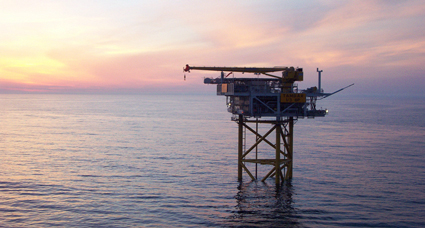 The unmanned wellhead platform Tambar (BP) in the North Sea.
(Photo: BP)
The unmanned wellhead platform Tambar (BP) in the North Sea.
(Photo: BP) 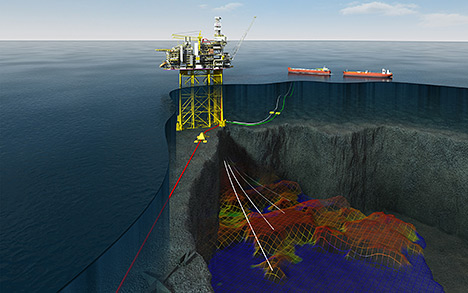 Statoil (U.K) Limited
Statoil (U.K) Limited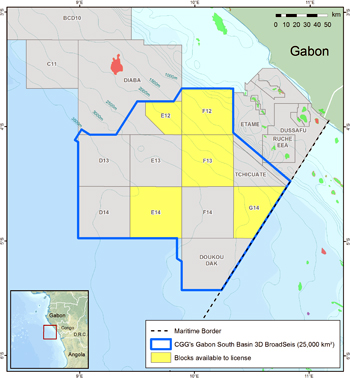 CGG
CGG The compressor module before departure from Thailand. (Photo: Aibel)
The compressor module before departure from Thailand. (Photo: Aibel)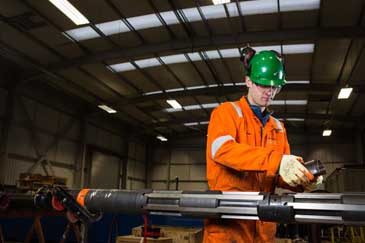 Leading engineered servicing company for wellbore clean up and abandonment,
Leading engineered servicing company for wellbore clean up and abandonment, 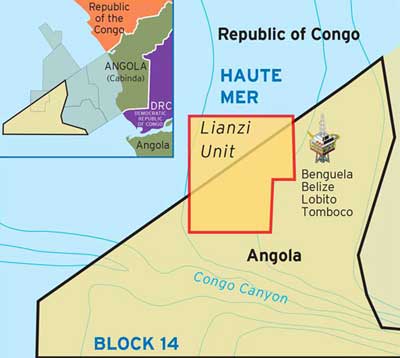 Chevron Corporation
Chevron Corporation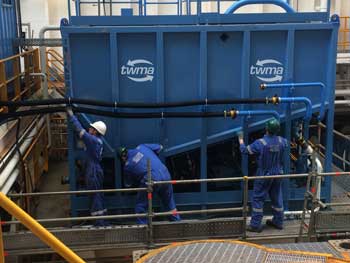 TWMA men at work
TWMA men at work 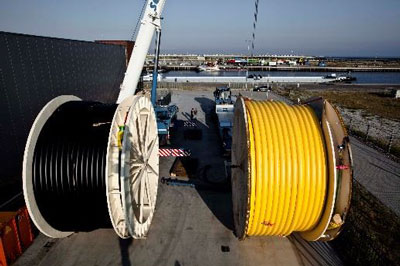 AOG Flowlines ready for shipment to a customer
AOG Flowlines ready for shipment to a customer 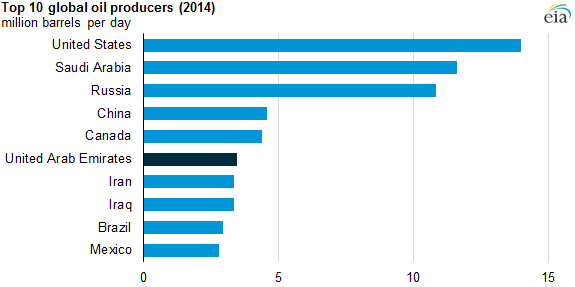 Source: U.S. Energy Information Administration, International Energy Statistics
Source: U.S. Energy Information Administration, International Energy Statistics 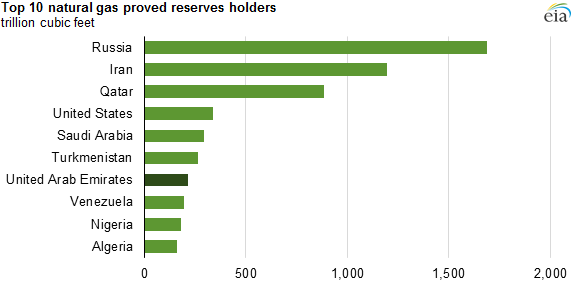 Source: U.S. Energy Information Administration, International Energy Statistics
Source: U.S. Energy Information Administration, International Energy Statistics